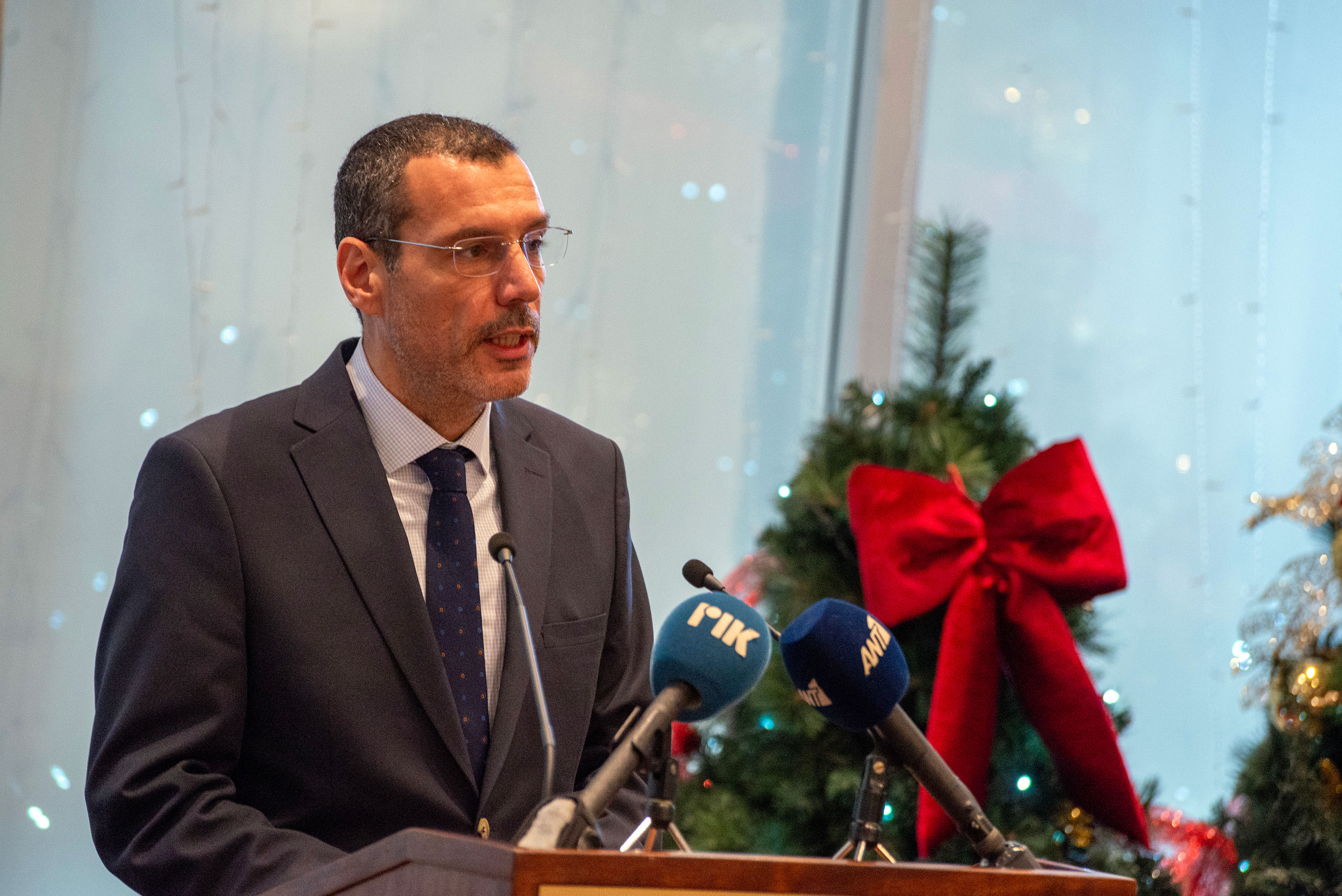Tourist arrivals in Cyprus displayed a slight yet steady increase in May 2024, compared to the same month last year, with the primary markets sustaining robust performance levels, the Cyprus Statistical Service (Cystat) revealed on Monday.
Notably, the figures for this period show a rise in tourist numbers to 421,400 from 420,076 in May 2023, marking a marginal growth of 0.3 per cent.
Over the span from January to May 2024, Cyprus welcomed 1,170,214 tourists, representing an increase of 1.2 per cent over the 1,156,705 arrivals recorded in the corresponding timeframe of 2023.
The UK continues to lead as the predominant source of tourists, contributing 39.8 per cent (167,696) of the total arrivals in May 2024.
Other significant markets include Israel at 7.9 per cent (33,138), Poland at 7.6 per cent (31,849), Germany at 6.4 per cent (27,081), and Sweden at 4.8 per cent (20,103).
When comparing year-on-year data for May, there is an observable rise in arrivals from the UK by 13,899, Germany by 1,165, and Poland by 1,012.
However, arrivals from Israel and Sweden saw declines of 4,304 and 1,734, respectively.
The majority of visitors, accounting for 83.7 per cent, travelled for holiday purposes in May 2024, slightly up from 82.1 per cent the previous year.
Those visiting friends or relatives constituted 9.8 per cent, a decrease from 11.3 per cent in May 2023, while business travel made up 6.3 per cent, aligning closely with the previous year’s figure of 6.5 per cent.
Parallel to the inbound tourism trends, there was a significant 13.8 per cent increase in the number of trips abroad undertaken by Cyprus residents in May 2024, totalling 144,042 compared to 126,583 in May 2023.
Greece emerged as the most popular destination, accounting for 32.8 per cent (47,291) of these trips.
This was followed by the UK with 9.9 per cent (14,226) and Italy with 6.0 per cent (8,660).
The majority of these outbound trips were for holiday purposes, capturing 75.7 per cent of the total, while 17.8 per cent were for business, 5.0 per cent for studies, and a small fraction of 1.5 per cent for other reasons.







Click here to change your cookie preferences